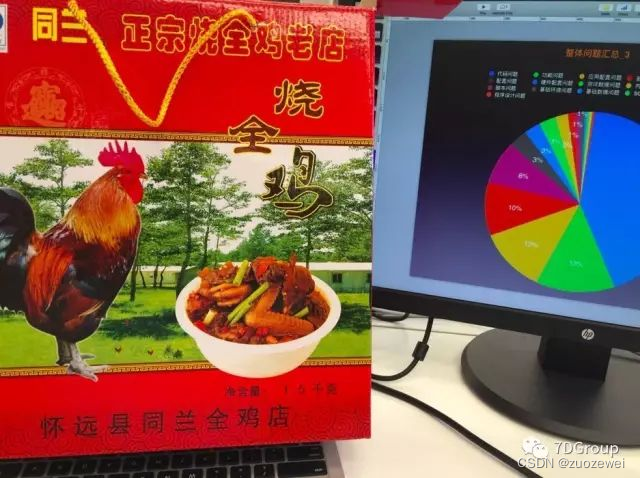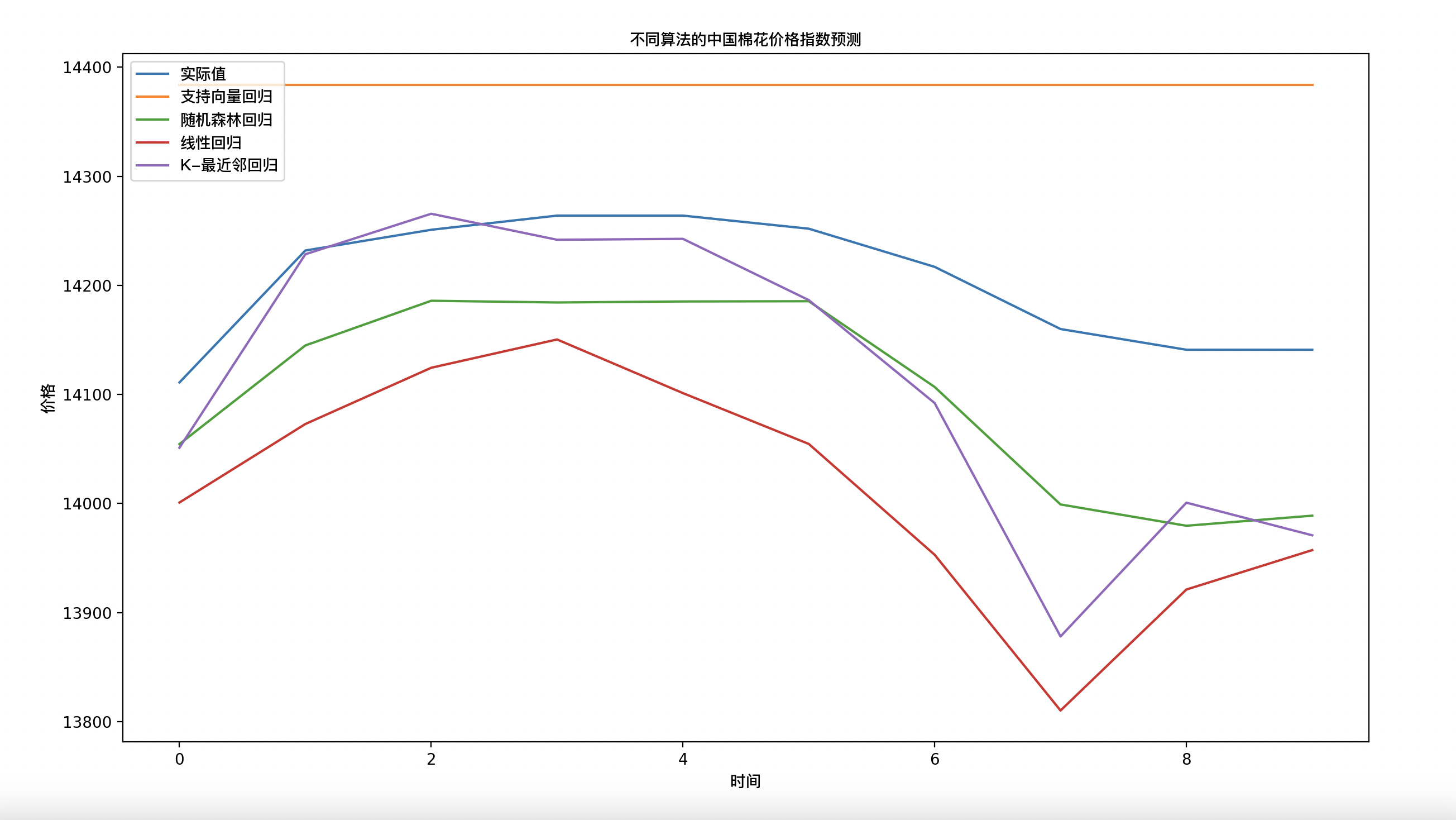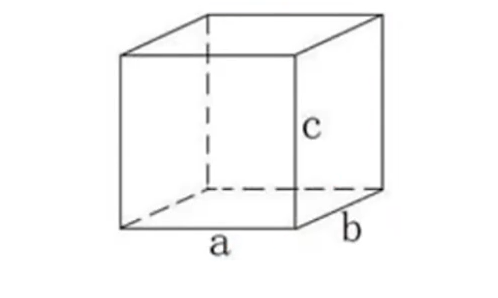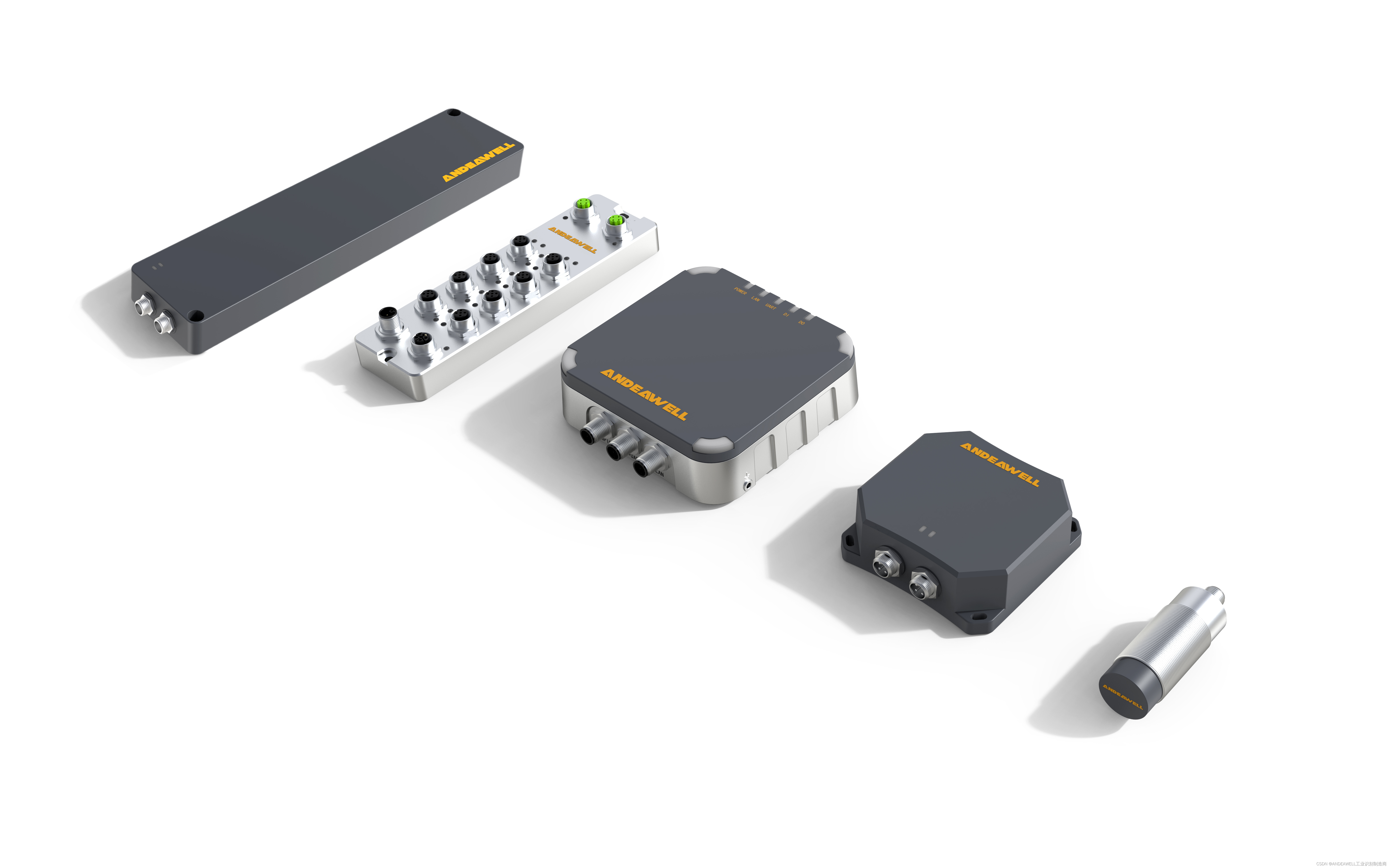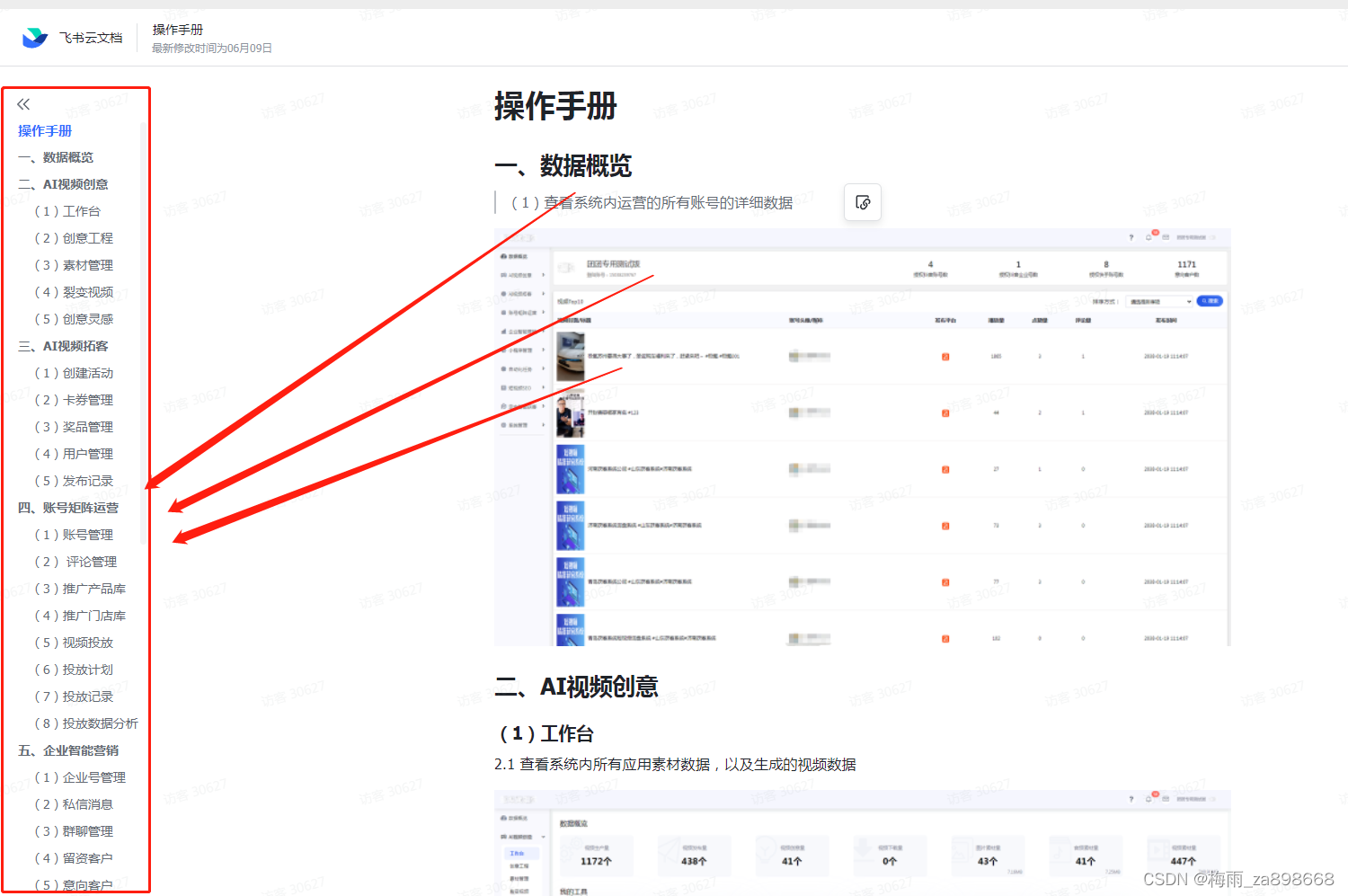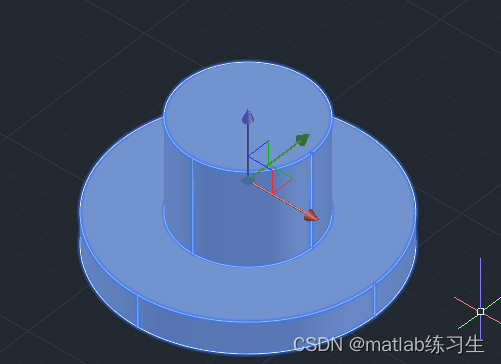Vue中如何进行音频与视频播放?
在Vue中,我们可以使用HTML5的<audio>和<video>标签来实现音频和视频的播放。Vue本身并没有提供专门的音频或视频播放组件,但是可以使用Vue的数据绑定和生命周期钩子来控制音频和视频的播放。

音频播放
在Vue中,我们可以使用<audio>标签来嵌入音频文件。下面是一个简单的例子:
<template>
<div>
<audio ref="audio" :src="audioUrl"></audio>
<button @click="playAudio">播放</button>
<button @click="pauseAudio">暂停</button>
</div>
</template>
<script>
export default {
data() {
return {
audioUrl: 'http://example.com/audio.mp3',
}
},
methods: {
playAudio() {
this.$refs.audio.play()
},
pauseAudio() {
this.$refs.audio.pause()
},
},
}
</script>
这个例子中,我们使用了<audio>标签来嵌入一个音频文件。ref属性为audio,我们可以在方法中通过this.$refs.audio来获取该元素。src属性为音频文件的URL。
在methods中,我们定义了两个方法playAudio和pauseAudio,分别用于播放和暂停音频。在playAudio方法中,我们使用this.$refs.audio.play()来播放音频。在pauseAudio方法中,我们使用this.$refs.audio.pause()来暂停音频。
视频播放
在Vue中,我们可以使用<video>标签来嵌入视频文件。下面是一个简单的例子:
<template>
<div>
<video ref="video" :src="videoUrl"></video>
<button @click="playVideo">播放</button>
<button @click="pauseVideo">暂停</button>
</div>
</template>
<script>
export default {
data() {
return {
videoUrl: 'http://example.com/video.mp4',
}
},
methods: {
playVideo() {
this.$refs.video.play()
},
pauseVideo() {
this.$refs.video.pause()
},
},
}
</script>
这个例子中,我们使用了<video>标签来嵌入一个视频文件。ref属性为video,我们可以在方法中通过this.$refs.video来获取该元素。src属性为视频文件的URL。
在methods中,我们定义了两个方法playVideo和pauseVideo,分别用于播放和暂停视频。在playVideo方法中,我们使用this.$refs.video.play()来播放视频。在pauseVideo方法中,我们使用this.$refs.video.pause()来暂停视频。
自定义播放器
如果你想要自定义音频或视频播放器的外观和行为,可以使用Vue的数据绑定和生命周期钩子来实现。下面是一个自定义音频播放器的例子:
<template>
<div :class="{'playing': playing}" @click="togglePlaying">
<div class="play-button"></div>
<audio ref="audio" :src="audioUrl" @play="onPlay" @pause="onPause"></audio>
<div class="progress-bar" :style="{width: progress + '%'}"></div>
</div>
</template>
<script>
export default {
data() {
return {
audioUrl: 'http://example.com/audio.mp3',
playing: false,
progress: 0,
}
},
methods: {
togglePlaying() {
if (this.playing) {
this.$refs.audio.pause()
} else {
this.$refs.audio.play()
}
},
onPlay() {
this.playing = true
this.updateProgress()
},
onPause() {
this.playing = false
},
updateProgress() {
const duration = this.$refs.audio.duration
const currentTime = this.$refs.audio.currentTime
if (duration && currentTime) {
this.progress = currentTime / duration * 100
}
if (this.playing) {
requestAnimationFrame(this.updateProgress)
}
},
},
mounted() {
this.$refs.audio.addEventListener('timeupdate', this.updateProgress)
},
beforeDestroy() {
this.$refs.audio.removeEventListener('timeupdate', this.updateProgress)
},
}
</script>
<style>
.playing .play-button {
display: none;
}
.play-button {
width: 50px;
height: 50px;
border-radius: 50%;
background-color: #ccc;
cursor: pointer;
}
.progress-bar {
height: 5px;
background-color: #ccc;
}
</style>
这个例子中,我们自定义了一个音频播放器。在data中,我们定义了音频文件的URL、播放状态和播放进度。在methods中,我们定义了togglePlaying、onPlay、onPause和updateProgress四个方法。
在模板中,我们使用了<div>元素来包含播放器的各个部分。通过绑定class属性来显示和隐藏播放按钮,通过绑定style属性来设置进度条的宽度。在<audio>标签中,我们使用了@play和@pause事件来监听播放和暂停事件,以便在状态改变时更新播放状态和进度条。
在mounted生命周期钩子中,我们使用addEventListener方法来监听timeupdate事件,以便在播放进度发生变化时更新进度条。在beforeDestroy生命周期钩子中,我们使用removeEventListener方法来移除事件监听器,以避免内存泄漏。
总结
在Vue中,我们可以使用HTML5的<audio>和<video>标签来实现音频和视频的播放。通过Vue的数据绑定和生命周期钩子,我们可以自定义音频或视频播放器的外观和行为。以上是一个简单的例子,你可以根据自己的需求进行扩展和优化。
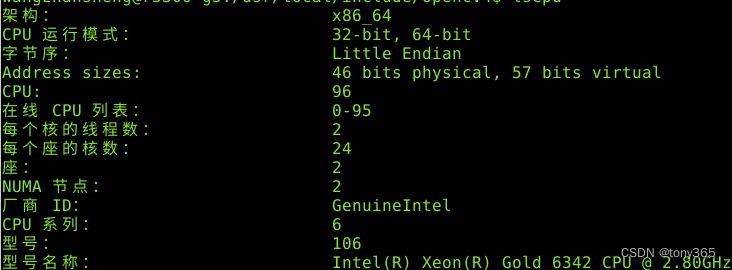
![[玩游戏想道理]战略的感受](https://img-blog.csdnimg.cn/a26eb6ae3aea4e778075af302fdcc838.png)

